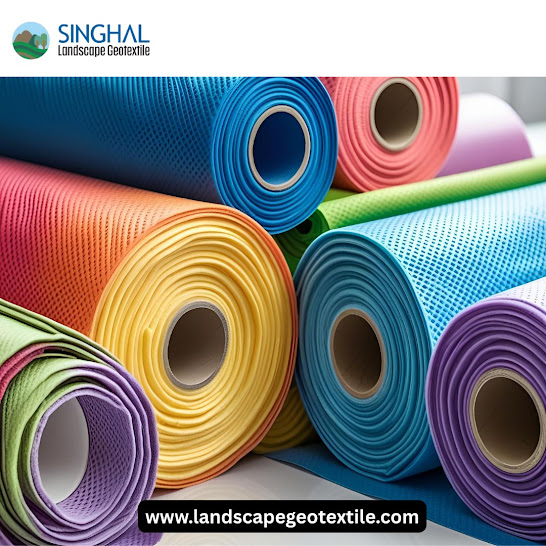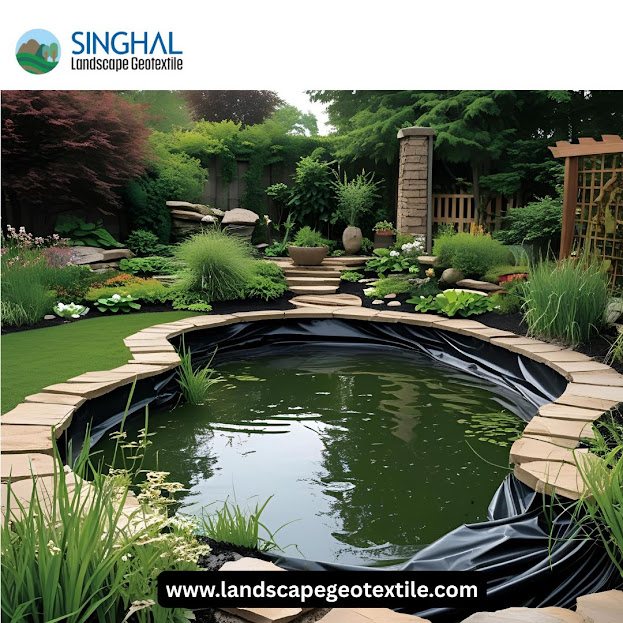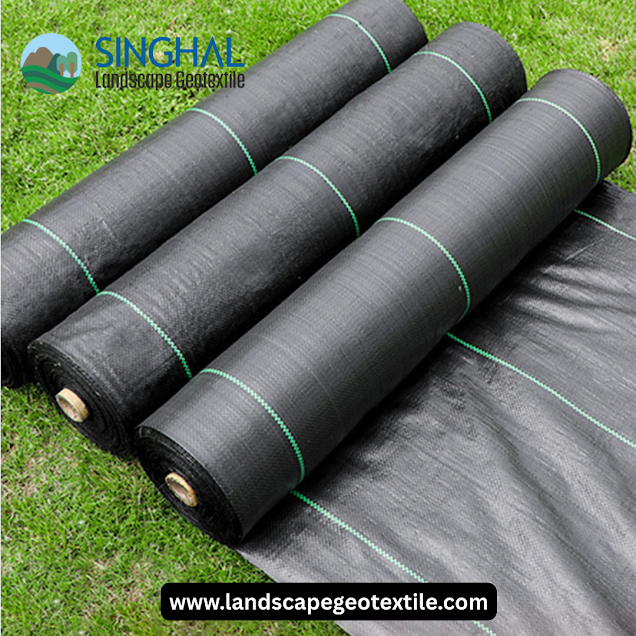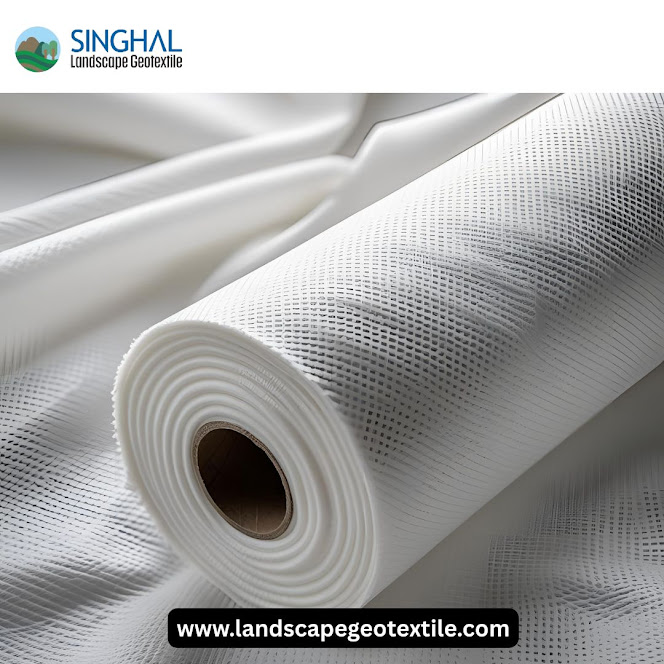Understanding PP Spunbond Non-Woven Fabric: A Comprehensive Overview
Introduction to PP Spunbond Non-Woven Fabric
Polypropylene (PP) spunbond non-woven fabric has become an important material to many industries due to its flexible properties and low cost. Spunbond non-woven fabric is created by the spunbonding process of PP fibers that are extruded and directly placed to form a web. The web substrates can either be bonded by a thermal, chemical, or mechanical means to form a PP non-woven fabric based on the application characteristics desired. The unique poly olefin bond resulting in great strength, durability, breathable, and lightweight material is usable for applications purposes that range from medical supplies, hygiene products, agricultural covering, and industrial filtration.
Manufacturing Process and Material Properties
PP spunbond nonwovens are created through an intriguing and straightforward manufacturing process. The fibers are cooled, drawn and laid horizontally onto a conveyor belt with an air stream to create a web. This method allows manufacturers to provide a fabric with various weights, widths, and densities, within a few hours. PP spunbond non woven fabric hs codeexhibit excellent tensile strength, are resistant to chemicals, repellent to moisture, recyclable, and environmentally friendly.
The Role of the PP Spunbond Non-Woven Fabric HS Code
Knowing the HS (Harmonized System) code for PP spunbond non-woven fabric is very important if you're involved in international trade and customs. The HS code identifies products by material and process, paving the way for compliance with global trade regulations. Generally, PP spunbond non-woven fabric is classified under HS code 5603, which describes non-woven fabrics, with or without impregnation, coating, covering or lamination. While there are some exceptions based on physical information about the fabric, like weight or end application; the proper HS code will help manufacturers, exporters, and importers, with logistics and laws when involved in cross-border transactions.
PP Spunbond Non-Woven Fabric Manufacturer in Gujarat
Gujarat is fast becoming a major location for PP spunbond non-woven fabric manufacturing, due in part to its solid industrial base and geographic location. There are many reputable PP spunbond non woven fabric manufacturer supplying both the domestic and export market. These manufacturers value quality, innovation and sustainable development to meet the variety of different needs in the healthcare, agricultural and packaging sectors. Gujarat has good supply chains in the region and is situated close to their raw materials, which provides a competitive position in terms of PP spunbond non-woven fabric manufacturing.
Applications and Benefits of PP Spunbond Non-Woven Fabric
The versatility of PP spunbond non-woven fabric has led to its acceptance in a variety of uses. In the medical sector, it has a role in surgical gowns, masks, and wound dressings due to its ability to provide a barrier and breathability. In the agricultural area, there is use as a crop cover and weed control fabric that protects plants while still allowing air and water to flow through it. Disposable hygiene products like diapers and sanitary pads are made from this fabric because of its softness and high absorbency. The industrial sector uses this fabric too, through filtration media, geotextiles for erosion control, and packaging material. Benefits of the fabric include an excellent strength to weight ratio, resistance to chemicals, moisture repellent, and environmentally friendly- especially considering that polypropylene is recyclable. These quality attributes contribute to the sustainability of PP spunbond non-woven fabric, helping to address the eco-sustainability issues concerned citizens face globally.
Conclusion: The Future of PP Spunbond Non-Woven Fabric
With industries around the world looking for more sustainable and efficient materials, the future for PP spunbond non woven fabric manufacturer in gujarat is bright. Continual investment in technology has allowed producers to enhance PP fabrics with capabilities like higher tensile strength, improved breathability, and environmental sustainability amongst others. Manufacturers particularly PP spunbond non-woven fabric manufacturers in Gujarat are continually investing in innovation to satisfy the needs of numerous sectors. Eco-friendly production and waste management practices are driving the industry towards recycling and biodegradable materials. The history of the fabric’s versatility number with the increase in technology will amplify its growth and widespread adoption throughout numerous sectors for some time to come.
Frequently Asked Questions
What are the main uses for non-woven PP spunbond fabric?
PP spunbond non-woven fabric is used in medical supplies (masks, gowns), hygiene products (diapers, sanitary pads), agricultural coverings, filtration systems, and industrial packaging due to its durability, breathability, and chemical resistance.How can I identify the correct HS code for PP spunbond non-woven fabric?
The typical HS code for PP spunbond non-woven fabric is 5603, but it’s essential to check specific product details such as weight and end-use to ensure accurate classification for customs and trade purposes.Who is the largest manufacturer of PP Spunbond Non-Woven Fabric?
Singhal Landscape Geotextile Manufacture is recognized as a prominent player in the production of PP spunbond non-woven fabric, especially within the geotextile segment.



.jpg)
Comments
Post a Comment